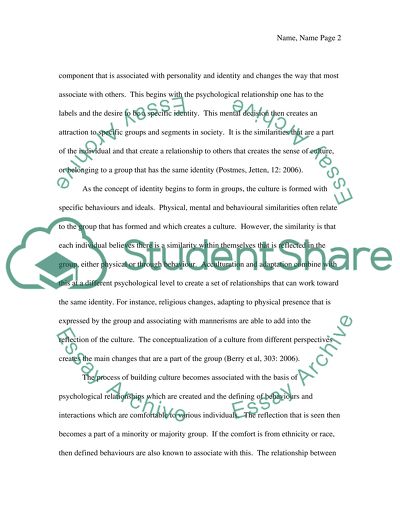Cite this document
(“Culture and Identity Literature review Example | Topics and Well Written Essays - 2750 words”, n.d.)
Retrieved from https://studentshare.org/gender-sexual-studies/1409356-culture-and-identity
Retrieved from https://studentshare.org/gender-sexual-studies/1409356-culture-and-identity
(Culture and Identity Literature Review Example | Topics and Well Written Essays - 2750 Words)
https://studentshare.org/gender-sexual-studies/1409356-culture-and-identity.
https://studentshare.org/gender-sexual-studies/1409356-culture-and-identity.
“Culture and Identity Literature Review Example | Topics and Well Written Essays - 2750 Words”, n.d. https://studentshare.org/gender-sexual-studies/1409356-culture-and-identity.


